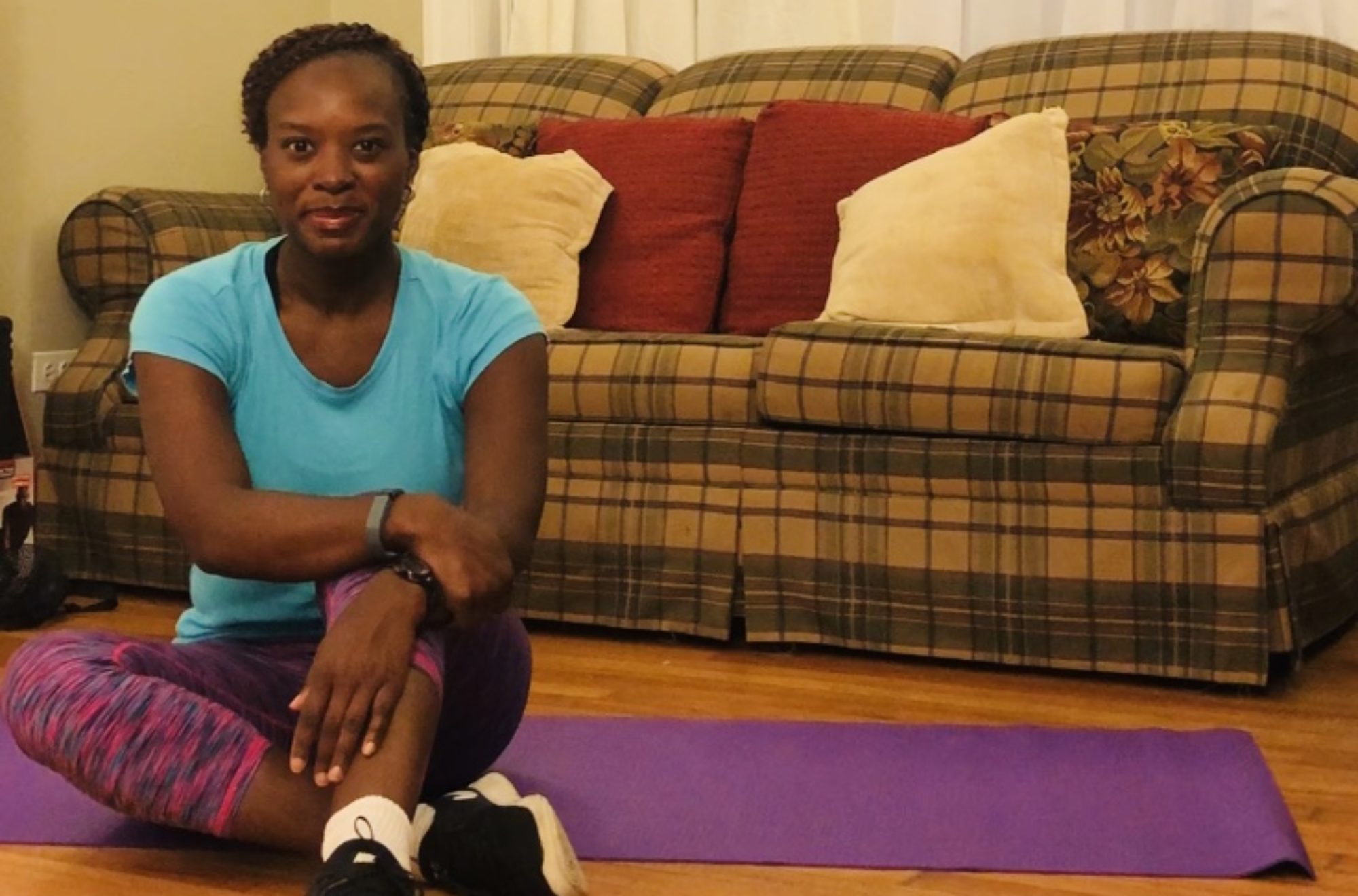
How to Know You’re Fit: Five Ways
Since I keep asking people to get fit with me, and many have joined me on this fitness journey, I figured it’s time for me to weigh in on what “fitness” means and identify how to know you’re fit.
Fitness can be defined as “the condition of being physically fit and healthy”. However, that definition does very little to help you understand what fitness truly means because both “physically fit” and “healthy” could mean totally different things to different people.
To make sure we’re on the same page, the Get Fit with Charity definition of fitness is:
being in good athletic condition;
being physically, mentally and emotionally strong;
being relatively free from injury and illness
There are tons of ways to determine if you’re fit, but I’ll weigh in on five of them…the last one will probably surprise you!

#1: You embody the components of fitness
There are five main components of fitness:
- Cardiovascular Endurance – exercises like running, swimming, dance fitness, etc.
- Muscular Strength – how much weight a person can lift or carry
- Muscular Endurance (i.e. how long [in repetitions or time] a person can sustain an exercise involving specific muscle groups,
- Flexibility (i.e. the range of motion of a person’s joints) and
- Body Composition (i.e. the amount of fat vs. muscle that a person’s body has.)
You know that you’re fit when you notice improvements in any of those areas. Perhaps you notice that you’re not breathing heavily after a brisk thirty-minute walk. Maybe you’re able to move a forty-pound box from the floor to the table with no problem. It’s possible that you can reach down and touch your toes for the first time in five years or you’re able to hold a forearm plank for nearly a minute. It’s possible that some of your favorite clothes are a bit loose on you because your body has gone through some positive changes.
#2: You look forward to your workout
I’m sure you remember what it was like before you started your fitness journey. “Working out” wasn’t part of your vocabulary. You didn’t care to spend your free time getting sweaty, but things have changed. Now you’re excited about taking that walk, going for a swim, or heading to your fitness class. You know that there may be a little discomfort, and there are TONS of other things you could be doing right now. You’re exercising for you. When your workout becomes your happy place, you know you’re fit.
#3: You have more energy
Energy produces energy! In other words, incorporating more movement into your day and working out more gives you increased stamina. You might still get a little tired at work between 2:00 pm and 4:00 pm, but you won’t wake up tired. You might even start replacing that morning cup of coffee with a morning run because you realize the run actually clears your head and prepares you to face the day at work. When you no longer wake tired and you feel more energized than you’ve felt in a good long while, you know that you’re fit.
#4: You’re more cognizant of what (and when) you eat or drink
Something pretty amazing is going to happen to you as you’re trucking along on this fitness journey. You’re going to be more mindful of what you eat and what you drink. That’s a sure sign that you’re fit because non-fit people typically don’t take their food and beverage choices into consideration. When you decide to avoid consuming a particular drink because you’ve realized that it zaps your energy or you make a different meal choice because you want something that’s both filling and healthy, it’s pretty safe to say that you’re fit!
#5: You realize that you’ll never arrive
As strange as it sounds, you know that you’re truly fit when you realize that fitness isn’t a destination. It’s a journey. Our lives are similar to the ocean. There’s high tide (i.e. time when we’re in the best athletic condition), and there’s low tide (i.e. times when we’re emotionally week). Then there’s the occasional squall, like when an illness or injury comes out of nowhere and sidelines us for a bit. Being fit means that you understand that you will never arrive at a state of ultimate fitness. You will ever and always strive to be the most fit you that you can be.
Putting It All Together
It’s crucial for me to stress that this information on how to know you’re fit should be seen as building blocks or sequential steps. You don’t have to master one area and then move on to another area; each area can stand on its own. Although these indicators are connected, they aren’t interrelated in the sense that it’s all or nothing. You can have success in all five areas at the same time or you can shine in a few areas.

Hopping on the Scale! Don’t forget to hop on the scale and see where you are this week. Remember: if you were able to maintain and not gain, that’s still a win!
Follow Get Fit with Charity on Facebook, Pinterest and Instagram!











